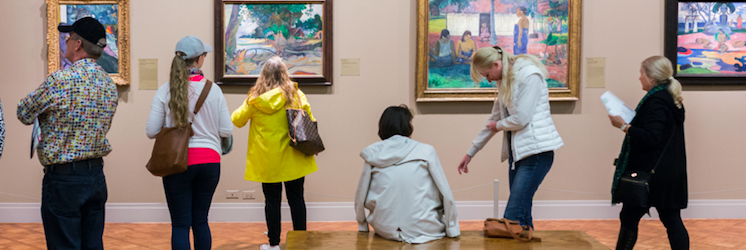Millennial visitors to cultural organizations have some different characteristics than non-millennial visitors – and those characteristics may surprise some leaders!
Unfortunately, not everyone is interested in visiting cultural organizations in their free time. But we love the people who do come through our doors! At IMPACTS, people who have visited any cultural organization in the last two years are called “active visitors.” Cultural organization types do vary slightly in their top profile attributes among current visitors. Art museum active visitors are generally the wealthiest of the museum-going bunch, and science center/museum active visitors tend to have children in...Sign in to KYOB+
Not a member yet?
Never miss the latest read on industry data and analysis.



